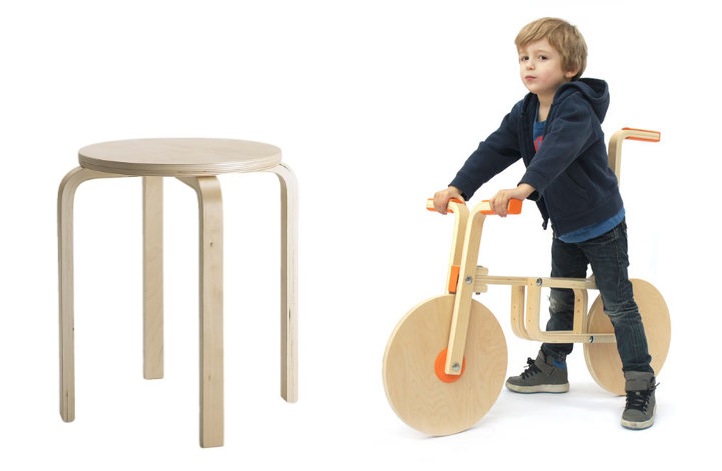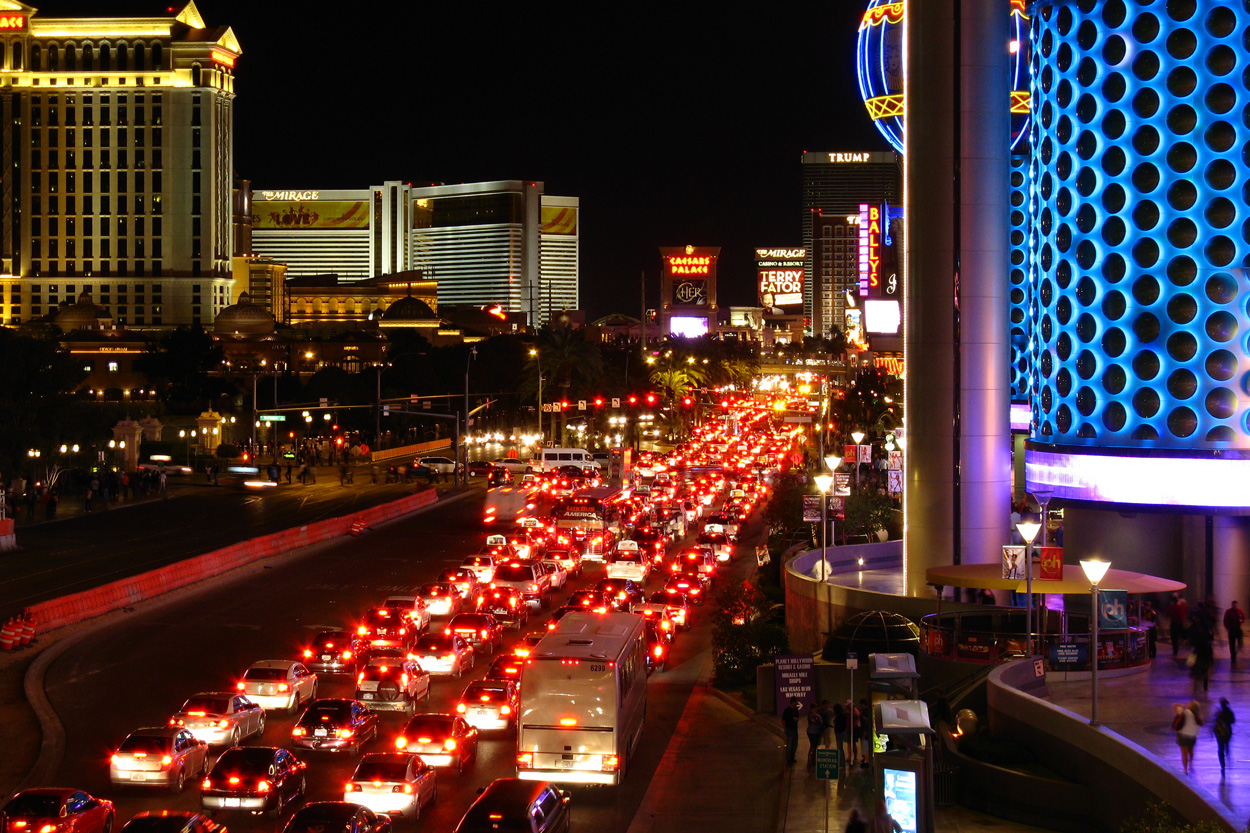Regular readers are aware that my hopes for sustainability are largely bound up with cities. By the simple act of bringing people together in close proximity, cities encourage diversity, health, innovation, and economic growth. They are the proving grounds where we will test new, more sustainable patterns of work, play, and mobility. I wrote a series of posts about this a while back called “Great Places.”
To me, one of the key barriers to truly green and enjoyable urbanism is the continued domination of urban spaces by cars (and parking). Cities, especially cities that grew up in the post-WWII era, are designed for cars; people scurry around on the margins, perpetually nervous about their safety. There’s really no way around this as long as car ownership is required to attain a convenient level of mobility, which it still is in the vast majority of cities.
Most public-transit alternatives to personal cars require a substantial investment of time and cognitive energy. Most people, like it or not, just want things to be easy. And so traffic congestion remains the rule in cities, even cities with robust public transit systems.
Tony Hsieh, the celebrated CEO of Zappos.com, wants to change that. (Side note: I never read management books by corporate titans, but for some reason I ended up reading Hsieh’s, and damned if it wasn’t pretty inspiring. He’s an interesting guy.) Hsieh moved Zappos to Las Vegas a while back and ever since he’s been investing heavily in making the city a vibrant, livable hub for tech innovation. Now he’s dreamed up something truly ambitious and (to me, anyway) exciting.
The idea is to provide an alternative to personal cars that is fast, flexible, multi-modal, and personalized — something that is easy the way returning shoes to Zappos is easy. It’s called Project 100. Ace reporter Katie Fehrenbacher has a great write-up of the plan, but to quickly summarize, Hsieh wants to populate downtown Las Vegas with:
- 100 Tesla Model S sedans with professional drivers (think Uber),
- 100 shared small, short-range neighborhood electric vehicles,
- 100 shared bicycles, and
- a system of buses with, yup, 100 shuttle stops.
Members willing to sign up for Hsieh’s project agree to give up their personal cars. They get a smartphone app that will tell them, at a given moment, their nearest transportation options and the fastest route to their destination. Different combinations will work for different people, mainly depending on how far they are from the urban core.
Ultimately Project 100 isn’t about the particular mix of vehicles or technologies, though, it’s about providing transportation as a service. Instead of buying a two-ton vehicle that will sit idle 90 percent of the time, sucking up gas and maintenance and insurance money, you buy access to transportation whenever you need it. All the hassle of car ownership is gone. There’s just a monthly subscription fee.
This is the promise of sharing economies: A shift from ownership to access. A substitution of intelligence for materials. A reduction in resource consumption without a reduction in quality of life.
Just two quick things to add.
First, a system like this will only work, or at least work well, if there are concomitant changes in urban infrastructure and land use. Flexible transportation options do not replace the need for greater density and walkability.
Second, you know what would really give a system like this a boost? Driverless vehicles! Insofar as it maintains a fleet of drivers, Project 100 will be costly. Insofar as it emphasizes the shared electric vehicle fleet, it will face the problem that faces all shared vehicle programs, which is that the vehicles end up unevenly distributed. People drive them places and leave them; they start to cluster in popular destinations. They must be manually redistributed.
Also they must be parked somewhere by the people who drive them, which is a hassle, a cause of congestion (people wandering around looking for a space), and an inefficient use of the city’s pool of parking spaces.
Driverless cars could distribute themselves. And they could park themselves in designated areas. They could do everything, in fact; passengers could text or watch YouTube videos. That means the transportation experience itself would be more pleasant than in privately owned vehicles.
A fleet of driverless vehicles (coupled with other modes) could help fully realize the vision of transportation as a service. I expect it won’t be long before that starts happening.
Do you hear me, Tony Hsieh? I want my robot car, dammit.



